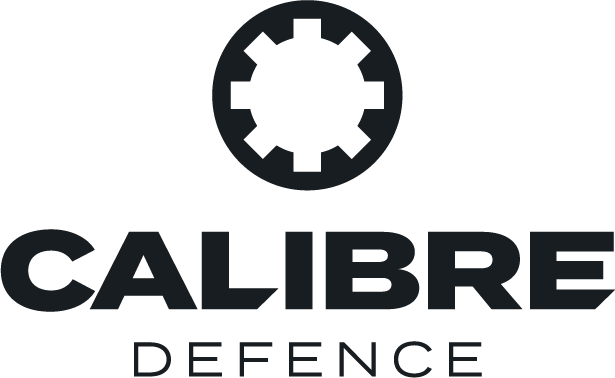Hypersonic navigation: Northrop tests new inertial tech
In its efforts to further hypersonic navigation, Northrop Grumman has completed two test flights with its Advanced Hypersonic Technology Inertial Measurement Unit, which may significantly advance US efforts to develop hypersonic missiles that are capable of operating in GPS-denied environments.
The test flights, conducted using the Talon-A reusable hypersonic flight vehicle from Stratolaunch, served to collect “hours of critical ground and flight data, pivotal for future development,” the 6th May press release states.
The test flights will help engineers further develop hypersonic navigation “in GPS-denied environments, further protecting the trajectory of the hypersonic vehicle from adversary threats,” the press release adds. Specifically, it seems the tests were designed to prove the survivability of the hemispherical resonator gyroscope used in the inertial measurement unit (IMU).
A hemispherical resonator gyroscope (HRG) is sometimes called a wine-glass gyroscope or mushroom gyro because of its shape. It is a highly accurate and reliable type of gyroscope used for measuring angular rates or rotation with no moving parts at its core. This is essential for hypersonic flight as high speeds of acceleration can cause moving elements of mechanical IMUs to lock or break.
A HRG is built around a resonator that has a hemispherical shell, typically made of ultra-pure fused quartz. This shell is anchored by a thicker stem. As the hypersonic vehicle accelerates, the resonator begins to vibrate at its resonant frequency – the natural frequency at which the hemispherical shell vibrates most readily and with the largest amplitude when excited. There are electrodes located around the shell that measure its vibration and that is used to determine changes in its position over time, providing a precise assessment of where the hypersonic vehicle is in relation to its start point.
The US has launched a number of efforts to develop hypersonic navigation systems, and they are likely a considerable challenge for the field given the manoeuvres required for hypersonic glide vehicles and cruise missiles. It is far less demanding a task compared with navigation for slower moving systems like drones, which can exploit software to rapidly improve the navigation outcomes of even the cheapest IMUs.
Calibre comment
Hypersonic navigation and guidance is a big component of hypersonic development that armed forces will have to overcome, although it is not necessarily new. Most ICBMs have to navigate in challenging circumstances, but their nuclear payload offsets the need for precision to some extent. However, a conventionally armed hypersonic missile will have to be accurate and precise, even if they could be armed with a very large warhead weighing thousands of kilos. This likely means that they will have to bleed a lot of speed in the final stages of their flight to allow a seeker to properly identify the target and complete the engagement. Most seekers tend to be limited by the available power, which means they might only be able to function for a few minutes over a 20 km square to find a target. So, it is essential that the missile can be put into the right area without GPS or mid-course updates. This may be what the Northrop Grumman tests are seeking to address.
By Sam Cranny-Evans, published on 13th May, 2025.

Sign Up for Updates!
Get insider news, tips, and updates. No spam, just the good stuff!






